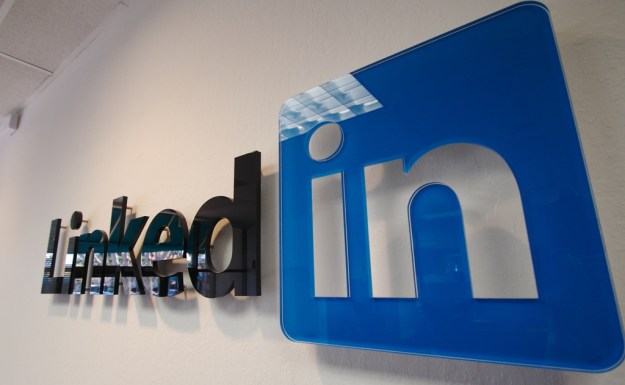
LinkedIn users are upset that the company has taken the Facebook approach in regards to online privacy with a recent change to the privacy policy. After providing more privacy settings for the user to alter, the social network automatically opted-in its 100 million users into the social advertising program. LinkedIn informed users of the change with an official blog post and a banner ad that linked to descriptions of the changes as well as a link to Account Settings to alter the new setting. As of the original time and date of this article, when a LinkedIn user views a third-party advertisement on the social network, they see user profile pictures and names of connections if that connection has recommended or followed a brand.
Any time that a user follows a brand, they unwittingly become a cheerleader for the company or organization if it advertises through LinkedIn. A user could be following a brand for any number of reasons, not just endorsing it. For instance, a mid-level executive at Coca-Cola may follow PepsiCo to keep track of a competitor’s career opportunities, product announcements or mentions in the news. If PepsiCo purchases advertising on LinkedIn, anyone in the network of the Coca-Cola executive (likely many co-workers) that views the advertisement may become aware that their connection is interested in PepsiCo for an unnamed reason.

- Hover over the user name in the top right hand corner of any LinkedIn page and click ‘Settings’.
- On the Settings page, click ‘Account’.
- On the Account tab, click ‘Manage Social Advertising’.
- Uncheck the box next to “LinkedIn may use my name, photo in social advertising.” and click the save button.
Users also may want to opt out of receiving email from LinkedIn advertisers. This setting also allows LinkedIn advertising partners to send users promotions during email marketing campaigns if the user follows the brand. To opt out of this setting, click the Email Preferences tab and click on the ‘Turn on/off partner InMail’ link to locate the check box.
It’s also been reported that LinkedIn likely broke Dutch privacy law after opting all Netherlands users into the new setting. The Dutch Data Protection Authority requires social networks and other online agencies to ask users before allowing consent for using portraits within advertisements. Legal authorities have faulted LinkedIn for opting users into the service without initial consent as well as failing to educate users about the change. As of the original time and date of this article, LinkedIn has yet to respond to recent criticism of the new social advertising policy through a press release or an official blog post.



